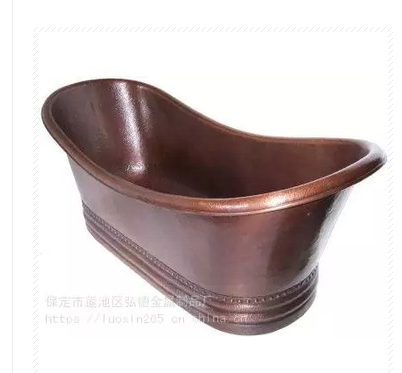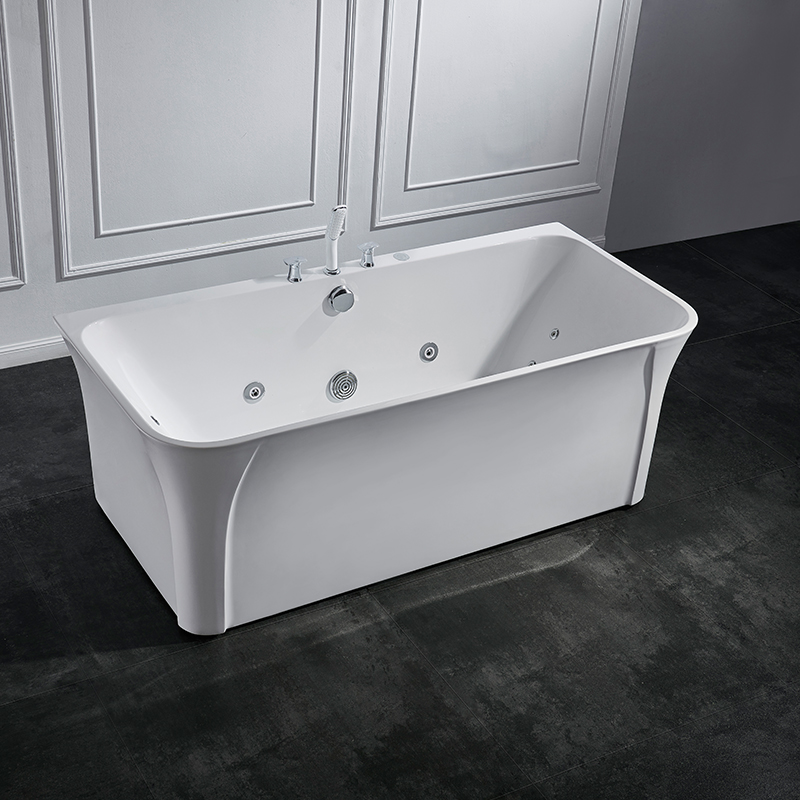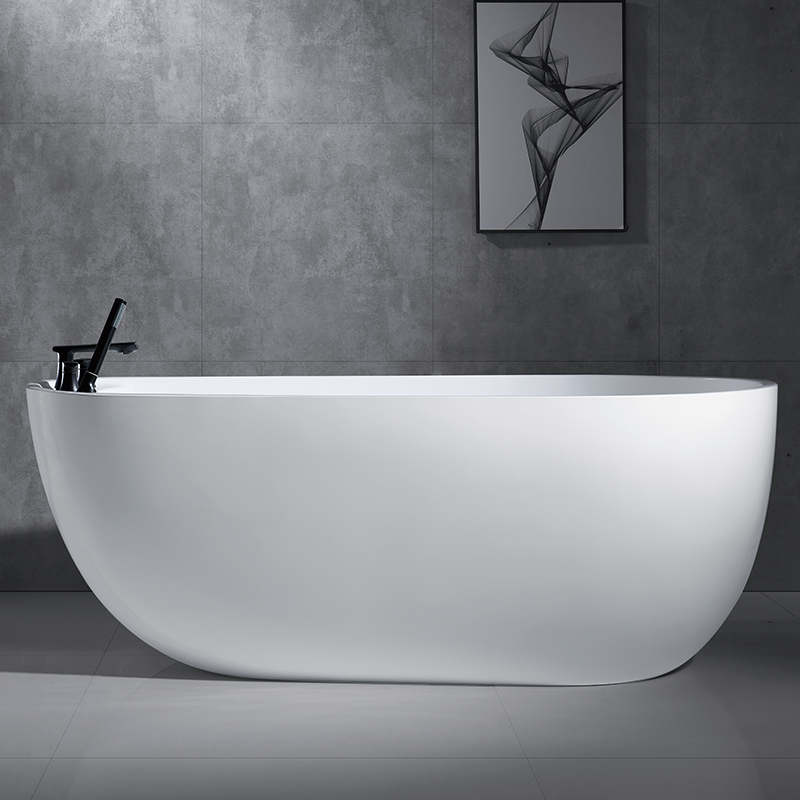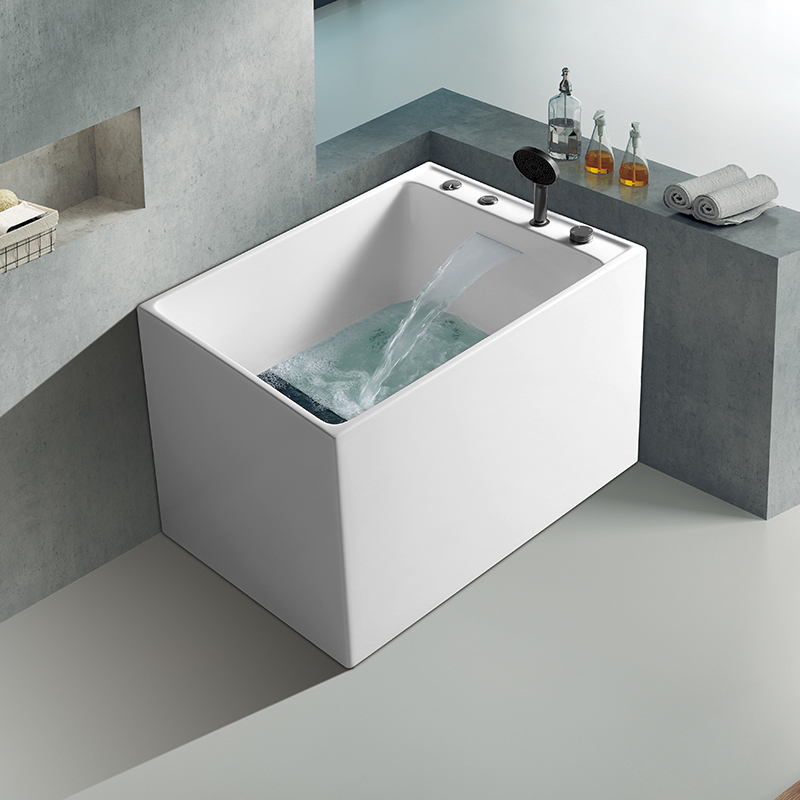What was the ancient bathtub called?

In ancient film and television works, we often see women using bath buckets when taking a bath, with petals scattered all over the surface of the buckets, creating a serene and elegant atmosphere. However, some people may wonder, since ancient wooden barrels were not as sealed as modern plastic ones, how could they prevent water from overflowing? In fact, the manufacturing process of ancient wooden barrels was rather complicated. First of all, the selection of the wooden board is extremely crucial. It must be free of dead knots and scars to ensure its sturdiness and aesthetic appeal. Secondly, during the process of making wooden barrels, they need to undergo high-temperature steaming for more than 12 hours. This step not only removes the oil from the wood but also prevents insect infestation. After steaming and boiling, the wooden boards are dried and sanded, and then fitted into the buckets and grooves. No step can be taken lightly. Only in this way can the wooden barrel be completely sealed and not leak water.
When ancient craftsmen were making wooden barrels, they not only paid attention to their aesthetic appearance but also were very particular about their practicality and durability. They use traditional craftsmanship to make every detail of the wooden barrel perfect. After being finely treated with tung oil, the wooden barrels can resist water immersion without any gaps and thus will not leak. This craft was a very important handicraft at that time. Barrel artisans had to go through more than ten procedures before they could produce high-quality barrels.
With the development of The Times, modern people have become accustomed to using shower heads and bathtubs, but there are also many people who prefer retro styles and retain traditional bathing methods. By experiencing the ancient bathing methods, we can better appreciate the wisdom and meticulousness of the ancients. With their wisdom and hands, they created all kinds of exquisite wooden barrels, which not only met People's Daily needs but also added a unique charm to ancient culture. Many of our innovative technologies today have also been inspired by ancient wisdom. The inventions and creations of our ancestors still amaze us to this day.
The ancients not only demonstrated superb skills in the production of daily necessities, but also showed their wisdom in many aspects. For instance, in fields such as architecture, textiles, and agriculture, the ancients also left behind valuable experience and wisdom. These experiences are still drawn upon and learned from by us to this day, allowing us to feel the charm of ancient culture even in modern society. Whether it was the wooden buckets used for bathing or other daily necessities, the ancients, with their unique wisdom and creativity, left behind precious legacies for future generations.
Nowadays, with the development of technology and the improvement of people's living standards, we have more convenient and comfortable ways to take a bath. However, we should not forget those traditional wisdoms and craftsmanship, which not only provide us with practical tools but also allow us to feel the charm of ancient culture. Let's cherish and pass on these precious cultural heritages while enjoying the convenience brought by modern technology.
The ancient "bathtub" : The bathing civilization from "bath cauldrons" to "mirrors"
In modern life, bathtubs are important appliances for people to relax and clean their bodies. In ancient China, although there were no ceramic or acrylic bathtubs in the modern sense, the ancients had already developed a refined and meticulous bathing culture. The "bathtubs" or bathing utensils they used were not only practical but also carried etiquette, aesthetics and life wisdom. These utensils had different names and forms in different historical periods and regions, such as "bath caulking", "mirror", "bath hu", etc., jointly outlining a unique picture of ancient Chinese bathing culture.
"Yufeng" : A special "bath basin" used by the nobility in the Chu region
During the Spring and Autumn Period in the State of Chu, people had already invented a bronze ritual vessel specifically for bathing - the bath vessel. The "倗" bath cauldron unearthed in 1978 from the Spring and Autumn Chu tomb in Xiasi, Xichuan county, henan Province, is a typical representative among them. This bronze water vessel has a total height of 39.9 centimeters and a mouth diameter of 24 centimeters. It is short and stout in shape, with a small mouth and short neck, and a round and bulging belly. It is obviously different in shape from the "Zun fou" used as a wine vessel and was specially designed for holding water for bathing.
According to the guide of Henan Museum, the bath cauldron is often used in combination with the large basin-shaped "jian". In ancient times, when people took a bath, they did not completely submerge their bodies in water; instead, they "sprinkled their bodies", that is, they doused their bodies with water. The bath cauldron was used to store water, which was then poured into the mirror for people to scoop water and pour over their bodies. This way of using water not only conforms to the norms of etiquette but also reflects the rational utilization of water resources by the ancients.
It is worth mentioning that the top of the "倗" bath cauldron is equipped with a circular handle, and the shoulder has ears shaped like animal heads. The reliefs are exquisite, demonstrating the superb bronze casting and inlaid craftsmanship of the State of Chu in the late spring and autumn period. Its existence is not only a practical object, but also a symbol of the romantic style and the spirit of ritual system of Chu culture.




